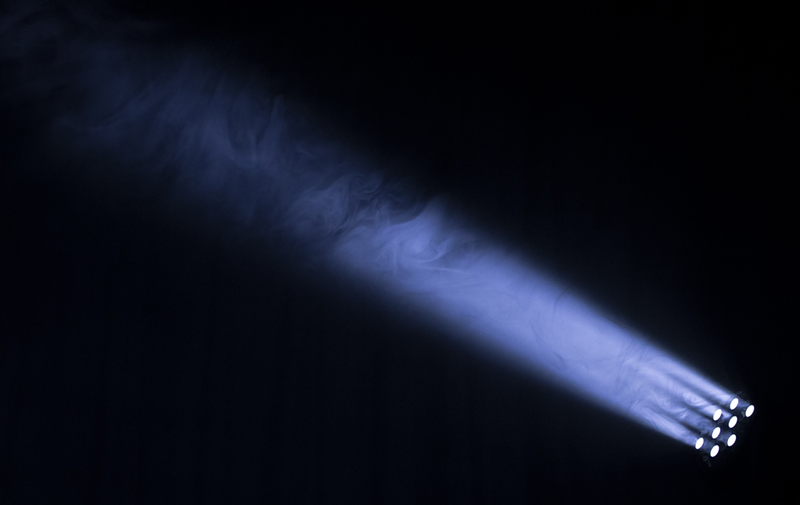It’s 7:30 p.m. Or 8. Or 2:30. I don’t know what theater you’re going to, OK? This is a company-and-city-agnostic essay and you’re reading this at work anyway, so suspend your disbelief this one time, I’m begging you.
OK, so… it’s 8 p.m. on a Saturday night and you’ve walked into the theater, ready to be surprised and delighted by the production that’s about to unfold.
The set is clean and bright. A lovely palette of bright blues and reds and all of the other primary colors dance across your eyes, welcoming you to another evening of entertainment and art. The house is abuzz and you’re precariously balancing a drink in your hand, along with your coat, program and maybe a li’l snack. It’s the start of a great night.
And then it hits you. That sickly-sweet, maple syrupy smell oozes out in a cloud of haze from somewhere off stage. Permeating the house, it beckons to you with a cartoony “come hither” finger motion, seeping into your very core, threatening to cross the blood-brain barrier, leaving you hopelessly addicted to its soothing familiarity and simultaneously amped for what’s to come.
Haze. It’s been a staple of almost every theatre production for the past 10 years.
And, in the spirit of resolutions and new beginnings, it’s time for a reset.
For the non-technical theatre geek, hazers are machines that many scenic and lighting designers use to produce atmospheric effects on stage. Similar to fog machines, hazers use either oil or water-based fluids, though the latter is more common, that dissipate to create a fine mist within the theater.
Unlike fog machines, hazers disperse the mist more finely and evenly throughout a space. When used properly, hazers should be imperceptible to the audience, until light is shone through it. Used mainly as a tool to enhance lighting in a production, they can also be used more densely to create an intentionally foggier atmosphere.
The problem with hazers is that, since we’ve discovered how amazing they are at creating atmospheric effects without setting off smoke alarms or causing the audience or actors discomfort, we’ve gone overboard. Haze is now a staple of nearly every theatre production today and more often than not, without a real purpose to serve.
Using a hazer without regard to the visual or artistic effect just adds another layer to a production and can send thematic signals the director may not have intended to send.
There are, of course, still many great reasons to use a hazer. Haze is wonderful at showcasing pinprick isolation in the lighting design of a show, an effect that, when used correctly, can be stunning and impactful.
The stumble that occurs with this scenic design trick happens when the house is too close to the proscenium (aka the part of the stage just before the curtain) or even the stage itself, especially if the stage is in thrust (wherein the audience surrounds the stage on three sides). These situations essentially make the isolation effect disappear, muddying the lighting plot on stage until each beam half-heartedly blends into one another.
That’s not to say that these blended effects used in tandem with a hazer are not an artistic choice as well. But so often productions don’t use haze to the advantage of the lighting design, and instead of creating beautiful blends and atmospheric wonder, the palette dissipates into a bland void.
Haze also adds texture and fills spaces on set. Additionally, it’s a wonderful way to set the tone of the production and can help solidify a new and perhaps unique take on a classic work.
A hazy, spooky set works wonderfully for Hamlet, for instance, but for a production of a more farcical work, like Rumors or Noises Off, the same effect may put a fun, dark twist on a classically light and boisterous show.
The key to using a hazer to your advantage is that, in most cases, it shouldn’t be perceptible to the average attendee. And if it is, there should be a clear, thematic reason behind the choice.
So here’s to 2020. Theaters everywhere, as we roll into a new decade let’s resolve to be more intentional when it comes to hazy houses and striking lighting choices.


